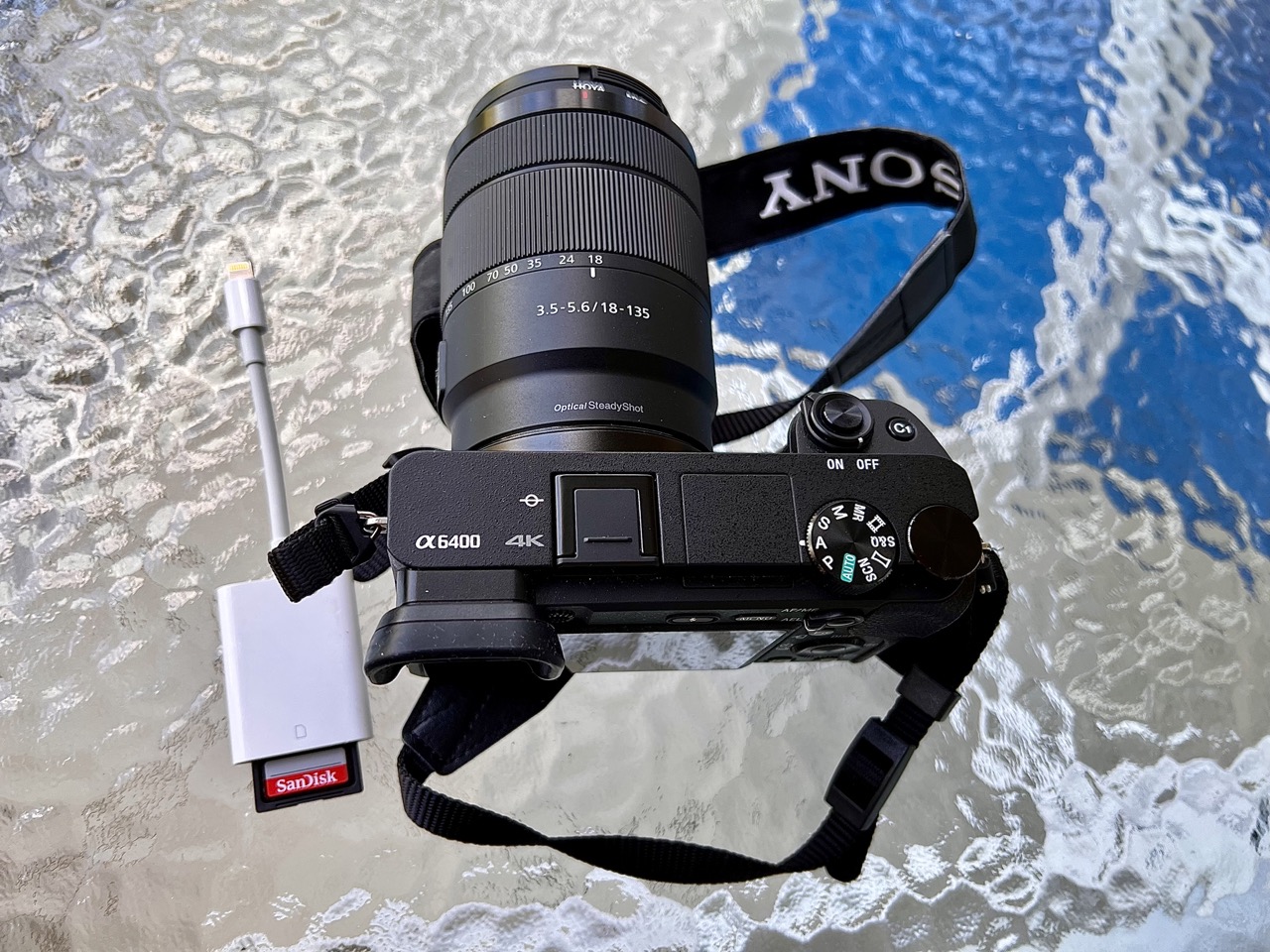Take a Card, Any Card

On last week’s Accidental Tech Podcast Marco brought up why he tried the Ricoh GRIIIx and Fujifilm X100V on the most recent ATP. The problem that he was looking to solve was to have a nice, small camera, with good out-of-camera JPEGs, and to be able to share photos quickly. Marco’s camera picks are both solid. Most of the conversation was about how awful it is to share the photos from the Ricoh GRIIIx and Fujifilm X100V using apps, which John and Casey also had things to say about because the Olympus and Sony apps are garbage too.
Getting stuff off of cameras is a big pain, it’s true. None of the proposed solutions are really viable — shoving cell radios in there, or putting the onus on Apple to design some special wireless syncing system. I absolutely would not trust any of the manufacturers to design a competent app system anyway.
The pragmatic solution is the Lighting to SD Card Camera Reader. Which, hopefully, will be made obsolete by a more flexible SD to USB-C adapter. The thing is small, merely a little larger than an SD card, and with an itty bitty flexible cable. It can be shoved in any pocket you have, or any camera case. It’s indispensable for using with my cameras. You can simply import to the Camera Roll, and it has a very easy to use import interface, or you can import directly into Lightroom CC if you’re like me. You can bring in everything or just one photo. Whatever you want. No WiFi or Bluetooth issue. No troubleshooting the NFC garbage that is supposed to make connections easier. The physical thing goes in the physical thing and that’s all there is to it.
No one will ever design a software solution to do this easier or faster. In fact it’s so easy, that if I’m on a trip (I am on a trip right now), I’ll still use the SD to Lightning adapter to upload the photos with my iPhone, rather than my laptop, because it’s ultimately easier to manage there if I want to send the file elsewhere (rather than uploading it to my Mac, then exporting to my Camera Roll and waiting for my Camera Roll to sync the photo in iCloud Photo Library on hotel WiFi.)
It’s also great if you want to use old cameras. One thing that Marco, John, and Casey didn’t touch on is that there is a trend to take photos with old digital cameras (affectionately digicams) among old people digging these out of closets, or Gen Z kids digging them out of their (gasp) parent’s closets. Much in the same way that millennials have glommed on to film photography. The technology of the past comes back into style as retro. Imperfections and flaws are embraced as appealing. Many of those old cameras have SD cards for media storage and they still pop into that adapter just fine.
In the grand scheme of things, the adapter is easy, and it deals with a ubiquitous media format. Nothing will ever be as instantaneous as sharing a photo you took with your smartphone, but that’s fine, you can always take a photo with that too. There are no laws about camera process purity. Mix and match to your heart’s content.
Category: text